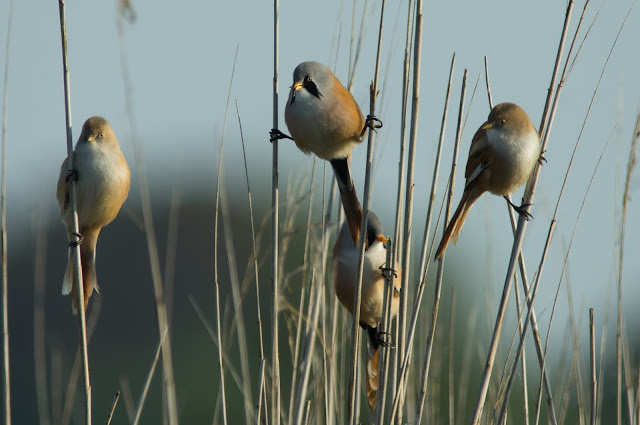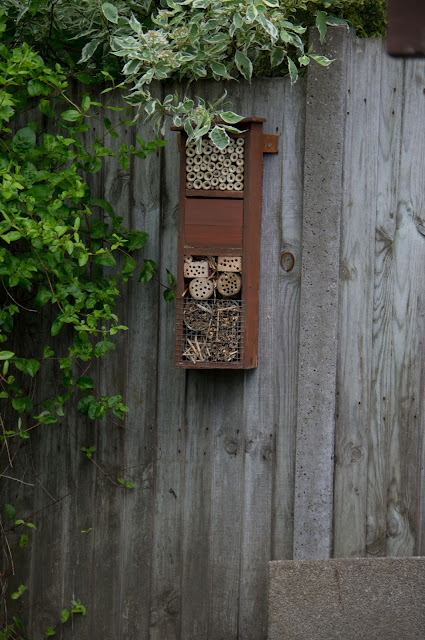It had been quite a while since I was able to visit a Nature Reserve over the summer months. I had visited Stodmarsh one brief Saturday afternoon in August but with hardly any wildlife about proved to be a blank session. Then on Sunday 20th September my friend at my camera Martin invited me along for a bright and early 6am pickup trip to Stodmarsh. We arrived about 6:45am just as the Sun was rising through a beautiful misty morning.
 | |
| Mistified Cows |
We headed to the Turf Fields hide near the Grove Ferry end of the reserve. This can be a prime spot for the Kingfisher. The elusive bird for Martin to yet capture on camera! We hadn't been there long and not only one but two of them flew towards us and split left and right! Doh!. There was mild activity from Mallards and Gadwall I believe. After 30 or so minutes it was evident there was not much going to happen there so we discussed moving on further, as in the distance we could hear and see a few Bearded Reedling.
From previous trips and conversations with regular visitors I knew where we had a good chance of finally seeing "Beardies" up close. Given that they were always seen very early our chances were increased a lot. After leaving the hide we could hear more of them in front of us. Some further 100yds or so we could see some moving about close to the area I had been told about. A family of 4 people were the other side of this patch of Reeds and the Beardies were moving about undisturbed by their presence. So making our way to the exact location we were confronted by some 8 or so birds down in a Dyke area.
It was really difficult to get clear unobstructed shots of the Beardies (seen below) then luckily they moved up to become beautifully backlit in the rising Sun. Some even made their way down onto the ground to eat grit for digestion.
We continued to wait around and suddenly there was an influx of about 40 to 50 birds. Having only ever seen two in the very distance at Dungeness Reserve, I was in awe of this magical sight. The next photos are from this showcasing the Bearded Reedlings in their natural behaviour.
 |
| The classic shot I was after |
As you can see they are magnificent birds and we were so very lucky to experience these so close to us in almost perfect light too. This adds to a year that has provided so many firsts and lucky viewings. On a final note, the Kingfishers never made a close up appearance this day but my friend Martin had chance to return on the Wednesday after this and did finally break his duck with them and also returned another Sunday am to see these in even better light, the lucky sod...lol.
















































